The Future Of Luxury Collecting: Presence Over Performance
Luxury has never been fixed. Every generation reshapes it to suit its own ambitions, insecurities, and values. In the past, luxury meant being seen — the right houses, the right seats, the right brands, the right crowd. Collectors were expected to prove their discernment publicly, often through gestures that looked more like theatre than intimacy. It worked for a while because visibility was currency. But visibility doesn’t hold.
Today, the noise around luxury collecting is harder to sustain. Art fairs feel like revolving doors, auctions chase spectacle, and social media has flattened everything into one endless scroll of “look at me.” For many, the shine has dulled. The collectors I pay attention to are asking quieter questions: not “How will this be perceived?” but “How will this live with me?” and “Does it steady the space I’m in?” Those questions don’t need applause to be answered. They need presence.
The future of luxury collecting isn’t about scaling up the performance. It’s about stepping out of it altogether. What will matter most is not what shouts the loudest, but what continues to hold when the lights go out. That shift, from performance to presence, is already happening.
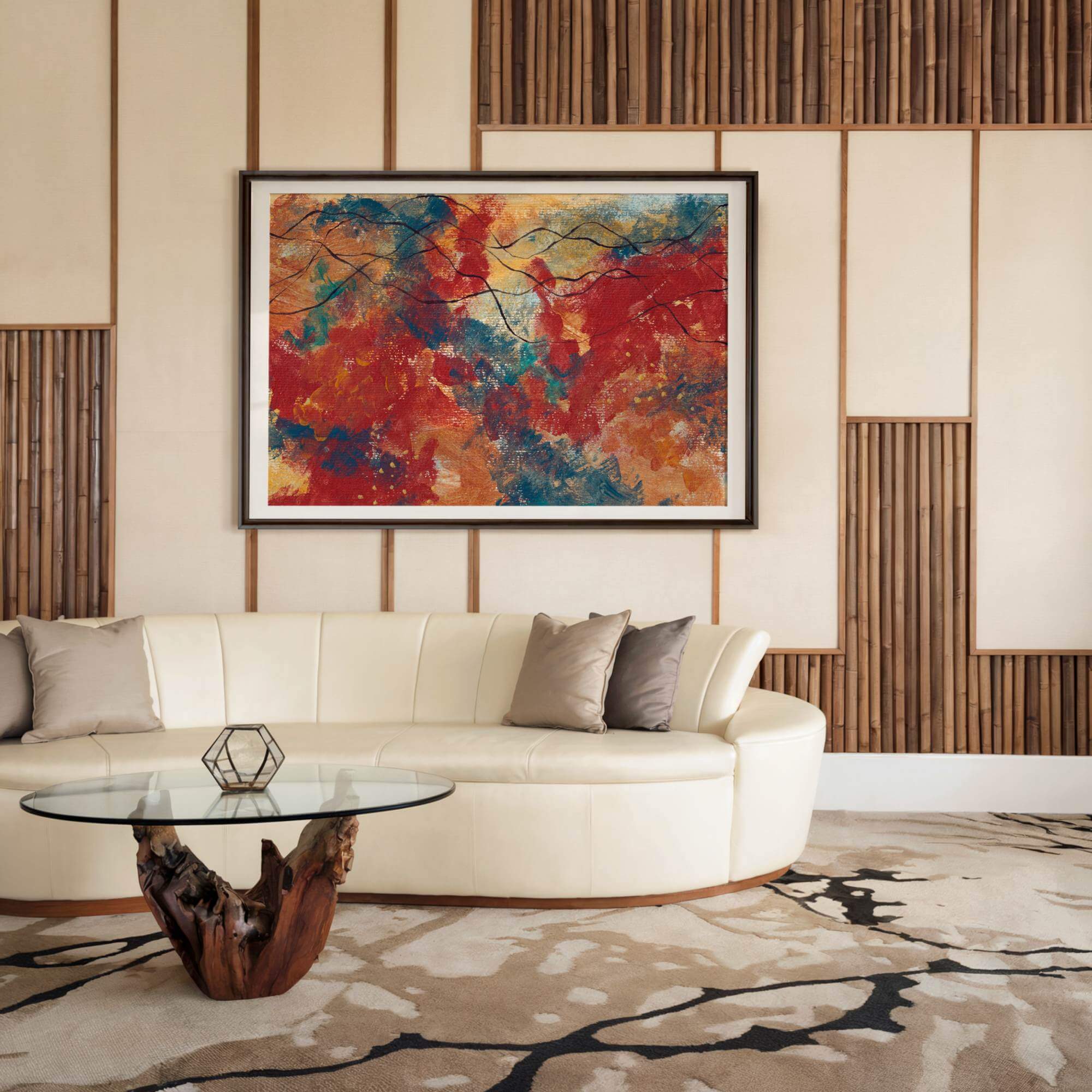
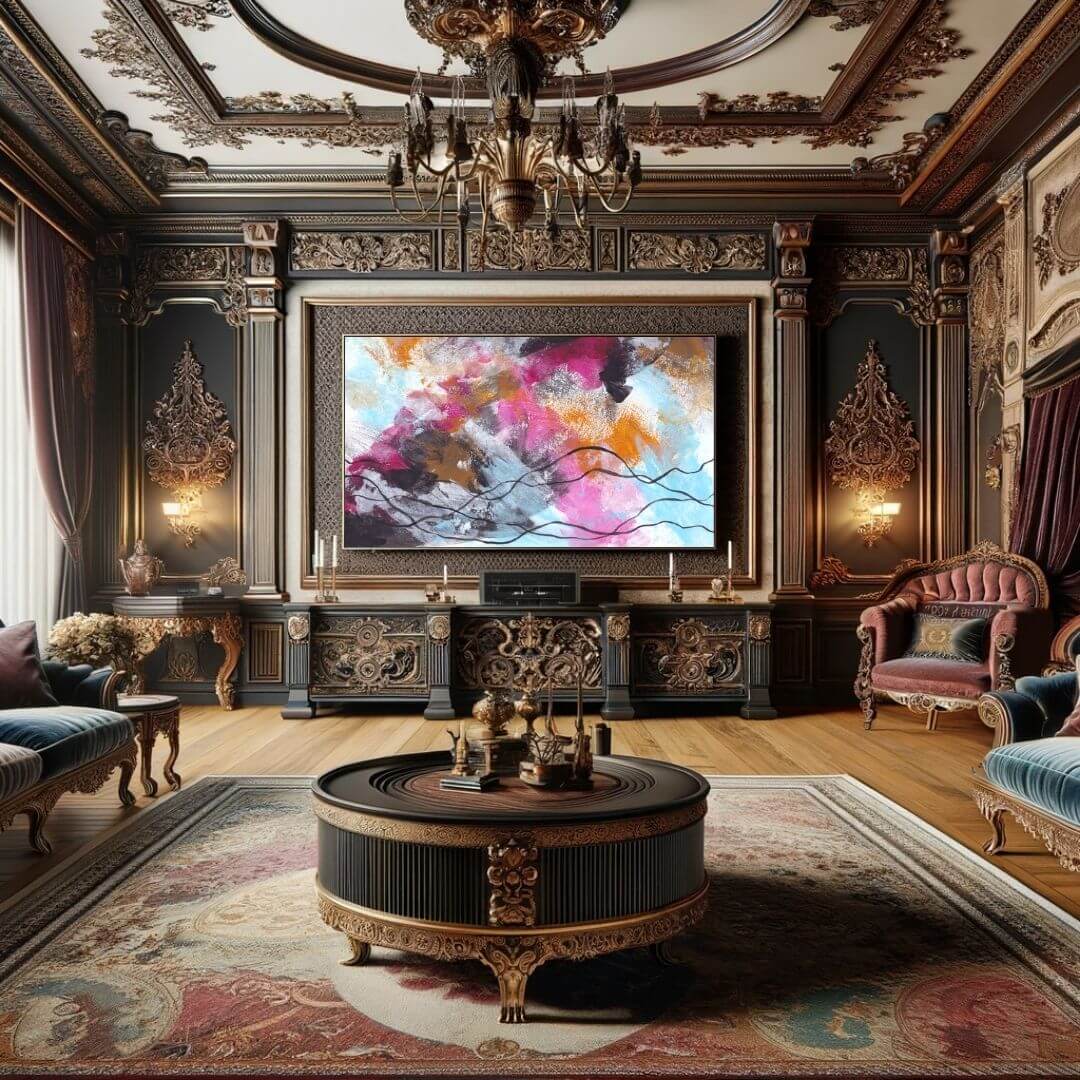
Why Performance Has Reached Its Limit
Performance has dominated luxury for decades, but it has reached the point of exhaustion. There’s only so many champagne-soaked openings, record-breaking sales, and art-fair selfies one can stomach before the spectacle starts to feel repetitive. What was once thrilling now feels predictable. Collectors are noticing the pattern, and many have quietly stepped back.
The Fatigue Of Constant Theatre
When every exhibition is packaged as an “unmissable” event, and every acquisition is framed as a competitive sport, the work itself gets lost. The focus shifts to the crowd, the price, and the press release. Collectors are left with a hangover of activity that does little to deepen their relationship with what they own. It’s all performance, bright and fleeting, but without substance.
Why Collectors Are Walking Away
People who already have visibility in other parts of their lives don’t need more of it from their collections. They don’t need to be seen at the right table or in the right catalogue. What they need is the opposite: a sense of privacy, resonance, and stillness. That’s why many are bypassing the performance circuits altogether.
Legacy Cannot Be Built On Performance
Performance is quick. Legacy is slow. Serious collectors think in decades, not seasons. They want their choices to remain alive long after the novelty fades, and they’ve realised that performance won’t get them there.
The Shift Towards Presence
Presence has always been there, but now it’s becoming the deciding factor in what counts as true luxury. Collectors are beginning to understand that the pieces that matter most are the ones that settle a room, the ones that feel alive even in silence.
Presence As A Value, Not A Trend
Presence isn’t an aesthetic or a style. It isn’t tied to minimalism or any specific design language. Presence is the felt weight of a work, its ability to change the atmosphere around it without saying a word. That is what people are now calling luxury.
Why Presence Endures
Performance needs an audience. Presence doesn’t. A painting that carries presence will keep working long after visitors have gone home. It will still be alive a year later, ten years later. It doesn’t depend on the next market cycle or the next fair.
A Wider Cultural Shift
This isn’t happening only in art. Across fashion, design, and hospitality, the same pattern is emerging: noise is losing its grip. The rarest luxury is no longer the loudest brand or the largest gesture. It is the ability to be still, to live without performance, to own something that grounds you rather than shouts for you.
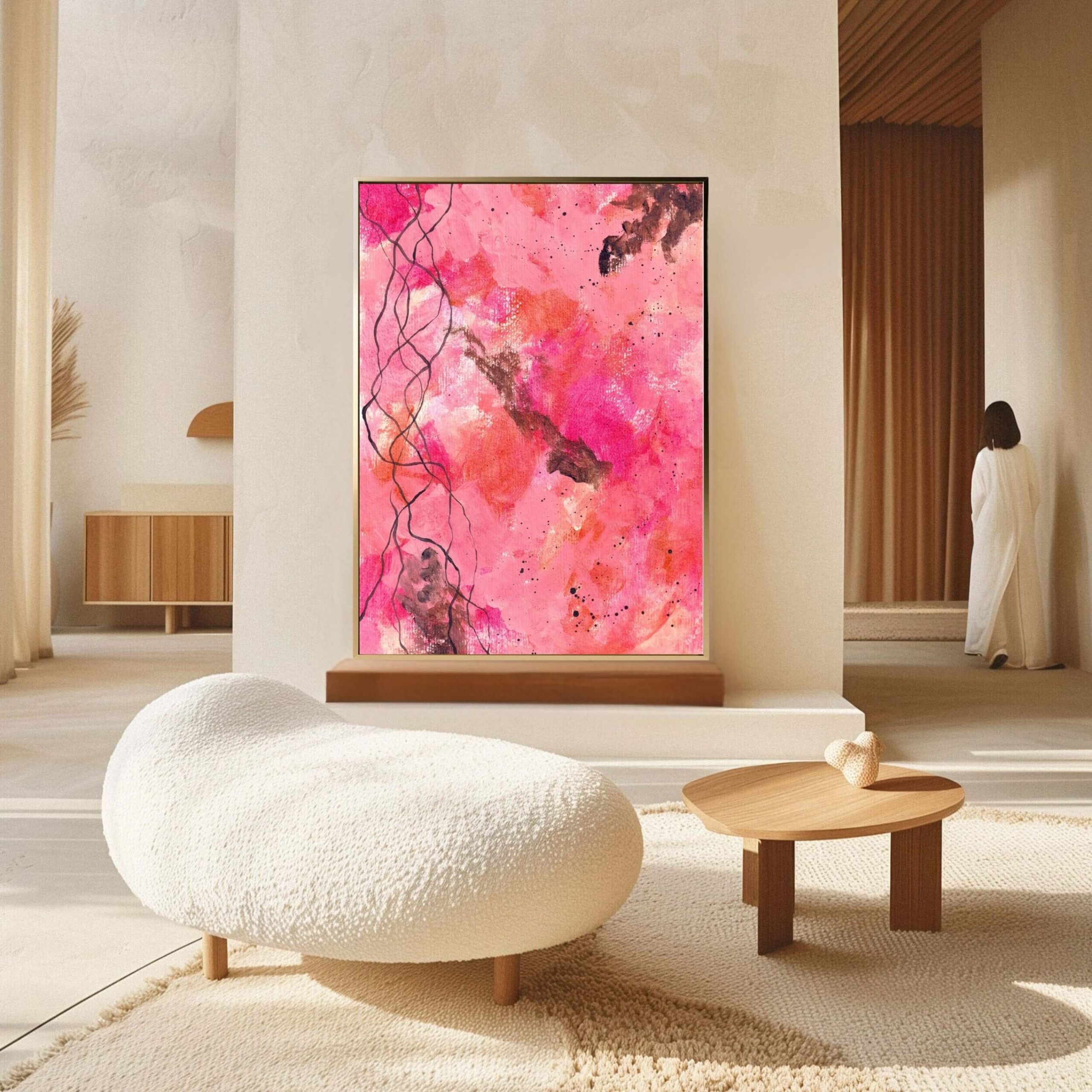
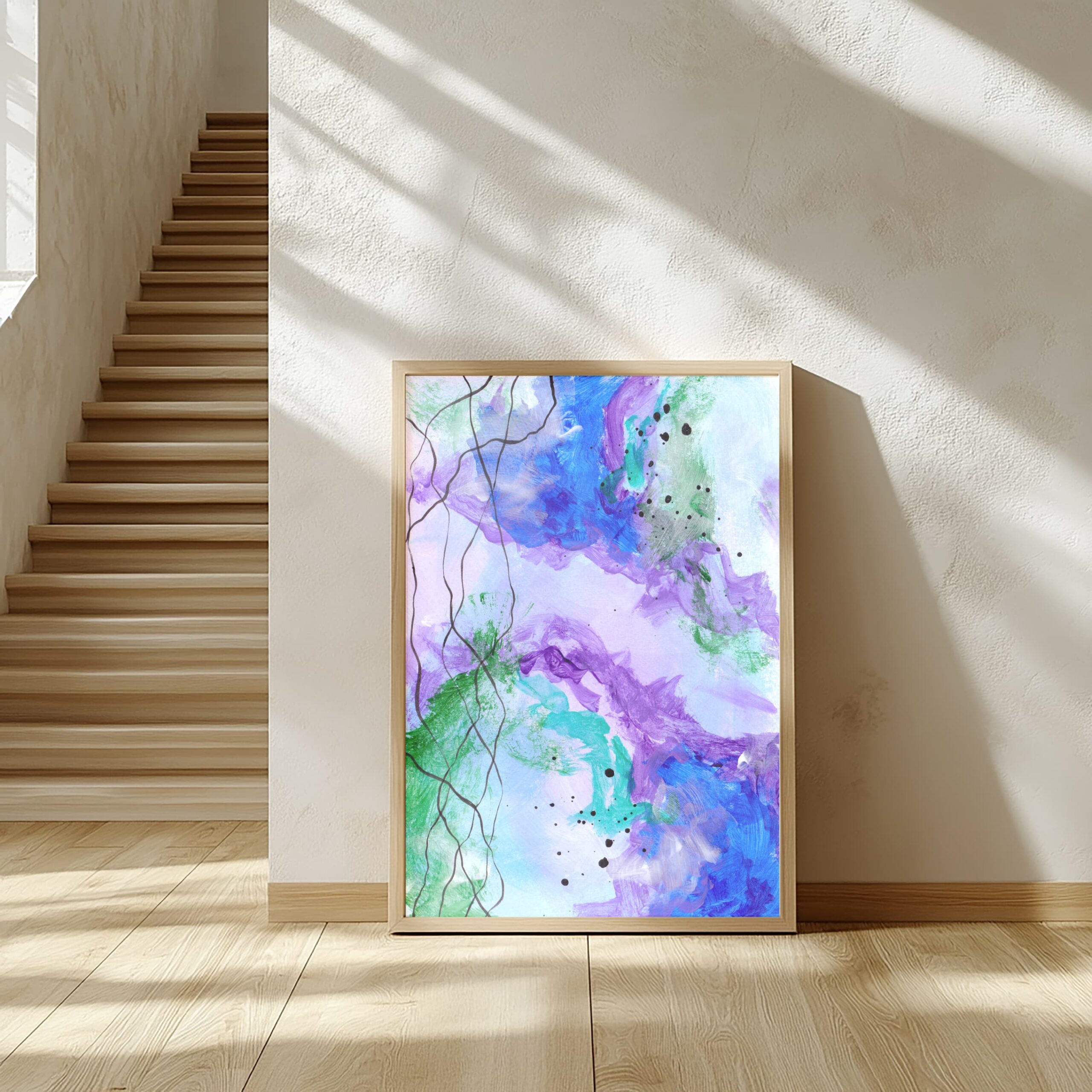
How Collectors Are Redefining Luxury
With performance stripped away, luxury collecting is being redefined at its core. It’s no longer just about ownership; it’s about stewardship, resonance, and alignment. Collectors are asking, “What does this work do for me, and what will it carry forward?” That question reshapes the act of collecting into something more intelligent, more personal, and more enduring.
From Ownership To Stewardship
In the old model, buying was the goal. Acquire the piece, add it to the collection, tick the box. The new model is slower. Collectors see themselves as stewards rather than owners, holding work for a period of time before it moves on, or before it becomes part of a longer legacy. Luxury is no longer the price tag. It’s the responsibility of caring for something with presence.
Choosing Art That Holds, Not Art That Shows
Collectors aren’t impressed by a piece because it photographs well or fits neatly into a press spread. They’re choosing pieces because they hold. They settle a space, they shift the atmosphere, they create continuity. That’s a very different set of criteria from the ones performance demanded.
Redefining Legacy In The Process
When collectors move from ownership to stewardship, legacy changes, too. Instead of being about public recognition, legacy becomes about the emotional continuity that survives beyond them. That is what the most forward-thinking collectors are building today, not louder collections, but more present ones.
The old way of judging art was built on external markers: price at auction, gallery representation, and how often the artist’s name appeared in the press. Those measures still exist, but they are no longer the most trusted signals for discerning collectors. Presence has become the true marker of value.
Value Measured Differently
When a piece shifts the atmosphere of a room, when it steadies the people in it, when it continues to feel alive across time, it is valuable. You don’t need anyone else to validate it. The experience of presence is immediate and personal. That is why it is becoming the metric that matters most.
Beyond The Market’s Approval
Market validation can be fickle. Artists are hyped one season and forgotten the next. Collectors who depend on the market to confirm value often find themselves chasing, not leading. Presence cuts through that. If a piece holds resonance for you, it doesn’t matter what the auction house says.
Presence As A Quiet Standard
This doesn’t mean abandoning discernment. It means developing a sensitivity to what actually carries weight. Presence has become a quiet standard among serious collectors, one that can’t be gamed or fabricated.

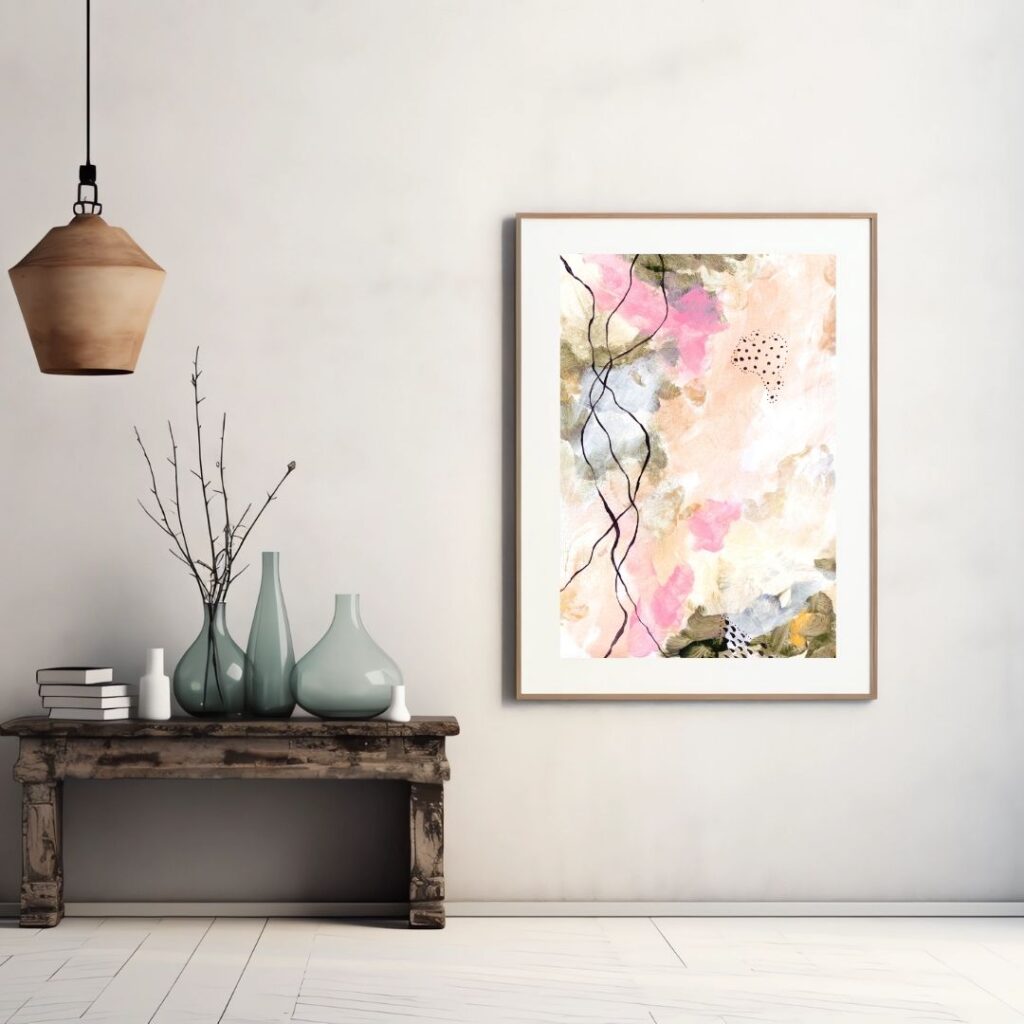
What Stillness Offers Collectors
Stillness isn’t just a theme or an aesthetic; it’s a way of experiencing collecting itself. When you strip away the noise, what remains is the relationship between you and the work you choose to live with. Stillness is what allows that relationship to deepen.
Reframing The Act Of Collecting
Collectors used to be told to think about investment potential or social capital. Stillness reframes the process. It asks: what do you actually need the work to do for you? Does it calm you, does it ground you, does it create a space you can return to? If the answer is yes, then the work is serving its highest function.
Living With Art As Daily Grounding
Stillness changes collecting from a series of purchases into a daily practice. It’s not about how much you acquire, but about how what you own shapes your everyday life. The right piece of work can settle you every time you walk past it, reminding you to slow down, to breathe, to hold presence in the middle of everything else.
Beyond Style Or Taste
Stillness isn’t bound to a particular visual language. It doesn’t matter if the work is bold or subtle, large or small. What matters is whether it holds. That is what makes stillness such a powerful guide for collectors who are ready to step past performance.
Lessons From Stillness Is A Weapon
The book wasn’t written as a manual for collectors, but its message has become essential to understanding the future of luxury. Stillness Is a Weapon came out of a period where performance had collapsed, and what remained was the raw force of presence. That same force is what’s now shaping how people collect.
Why The Book Matters In This Conversation
At its core, the book is about survival, creative, emotional, and personal. It argues that stillness isn’t a retreat, it’s a source of strength. Collectors who resonate with this idea are already ahead of the curve. They see collecting not as performance but as a way of building presence into their lives.
Stillness As A Worldview
Stillness is not a product you buy. It’s a worldview you choose. For collectors, that means valuing art not for what it proves but for what it holds. It means stepping away from the urge to show and into the deeper practice of living with.
Anchoring Collecting In Something Deeper
The lesson is clear: collecting is at its strongest when it is anchored in presence. The book provides a lens through which to see that, and for many, it offers the language to explain what they already sensed — that the future of luxury collecting will be built on stillness, not spectacle.
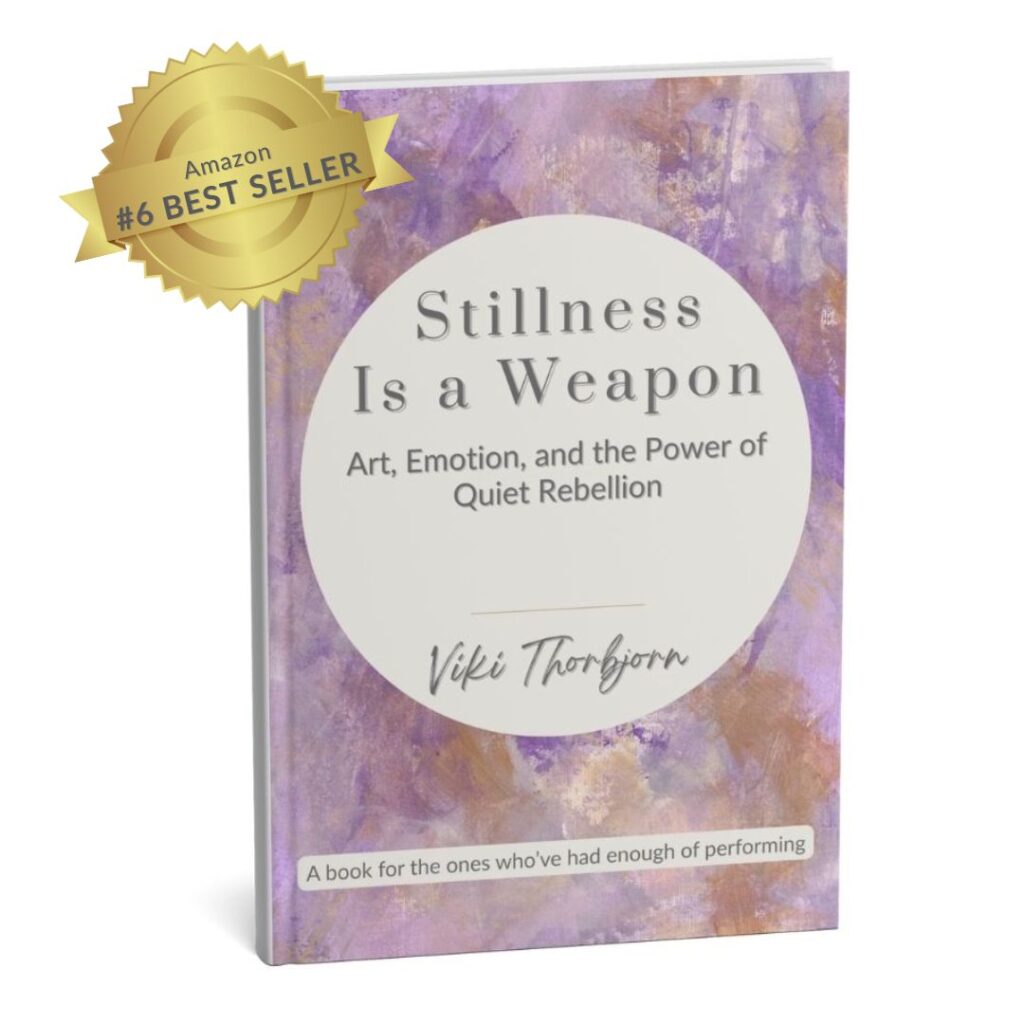
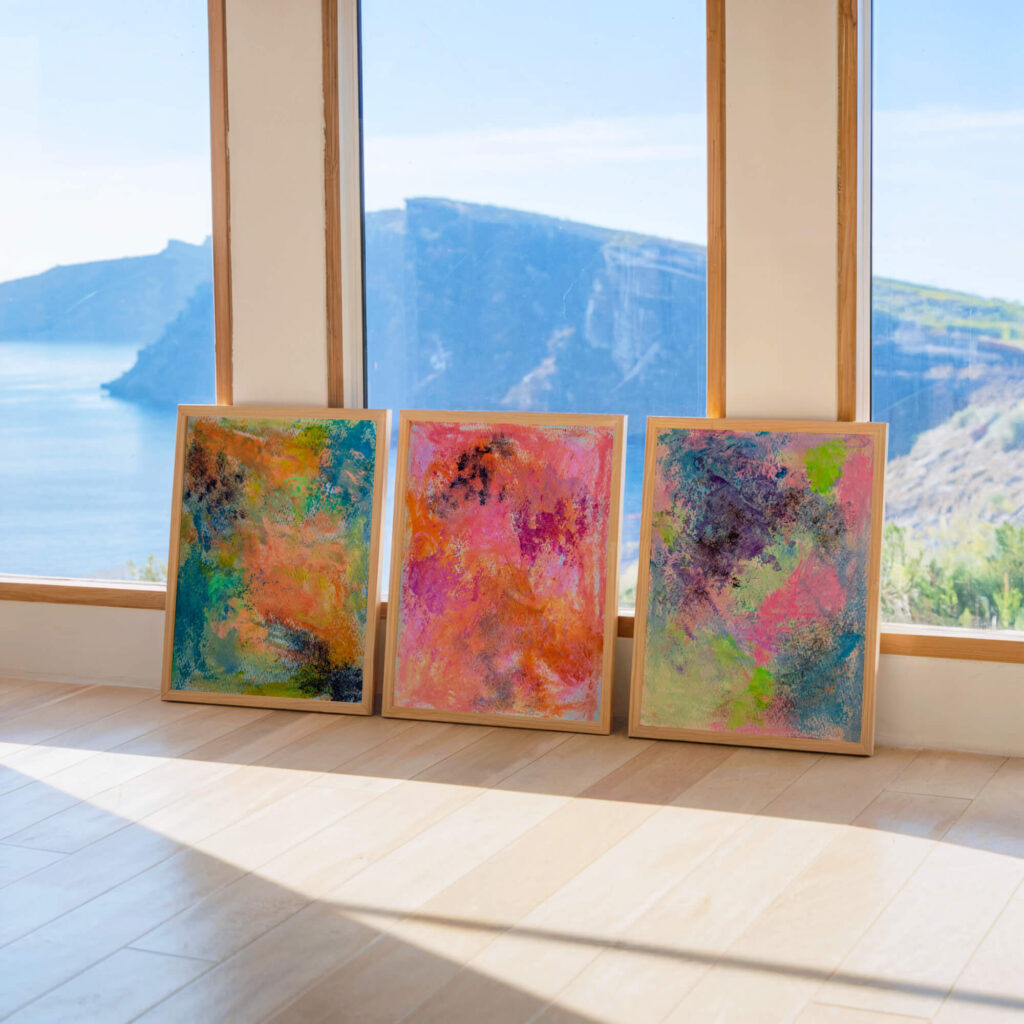
Presence Over Performance In Interiors
Luxury interiors used to be judged by impact. Walk into a room and the goal was to overwhelm: chandeliers the size of planets, glossy surfaces, statement pieces that shouted louder than anything else in the space. That approach is losing its hold. The collectors shaping the next wave of interiors are working differently. They want rooms that breathe, not rooms that perform.
Quiet Luxury As A Design Language
Quiet luxury is not about doing less for the sake of minimalism. It’s about making choices that actually serve the person who lives there. A space shaped around presence doesn’t need to prove itself to visitors. It holds the people who inhabit it. Collectors are increasingly choosing work that creates sanctuary, not spectacle.
Collectors As Atmosphere-Makers
Art is at the centre of this change. The right piece doesn’t just decorate a wall; it alters the entire atmosphere of the room. A painting with presence can ground an office, soften a bedroom, or create stillness in a transitional space. Collectors who understand this are moving away from art-as-decoration and towards art-as-anchor.
The Shift In What Counts As Impressive
For years, the word “impressive” in interiors meant scale and cost. Now it increasingly means resonance. A visitor may not know why a room feels different, but they’ll feel it. That sense of ease, calm, or quiet energy is what people remember. And it comes from presence, not performance.
The Emotional ROI Of Presence
Collectors have always spoken about return on investment, but in the past, that language meant resale value or market appreciation. Emotional ROI has now entered the conversation in a way that cannot be ignored. It asks a different question: not “what can this piece make me in money?” but “what does this piece give me in my life?”
Living With Work As A Return
The return begins the day the work enters your space. Does it change how you feel when you walk in? Does it ground you after a day of chaos? Does it hold its weight in silence when there’s no one else there? Those shifts are a return. They might not be measured in currency, but they are no less real.
Why Emotional ROI Outlasts Financial ROI
Markets rise and fall. A piece that’s hot today can be irrelevant tomorrow. But if a work steadies you for a decade, if it anchors your home and becomes woven into your daily rhythm, its return has already outperformed any speculation. Emotional ROI compounds; every day you live with the piece, it gives something back.
The Shift From Owning To Being Held
Collectors are beginning to describe their pieces less in terms of what they own and more in terms of what the work does for them. That’s the clearest sign that emotional ROI has become the real currency of luxury collecting.
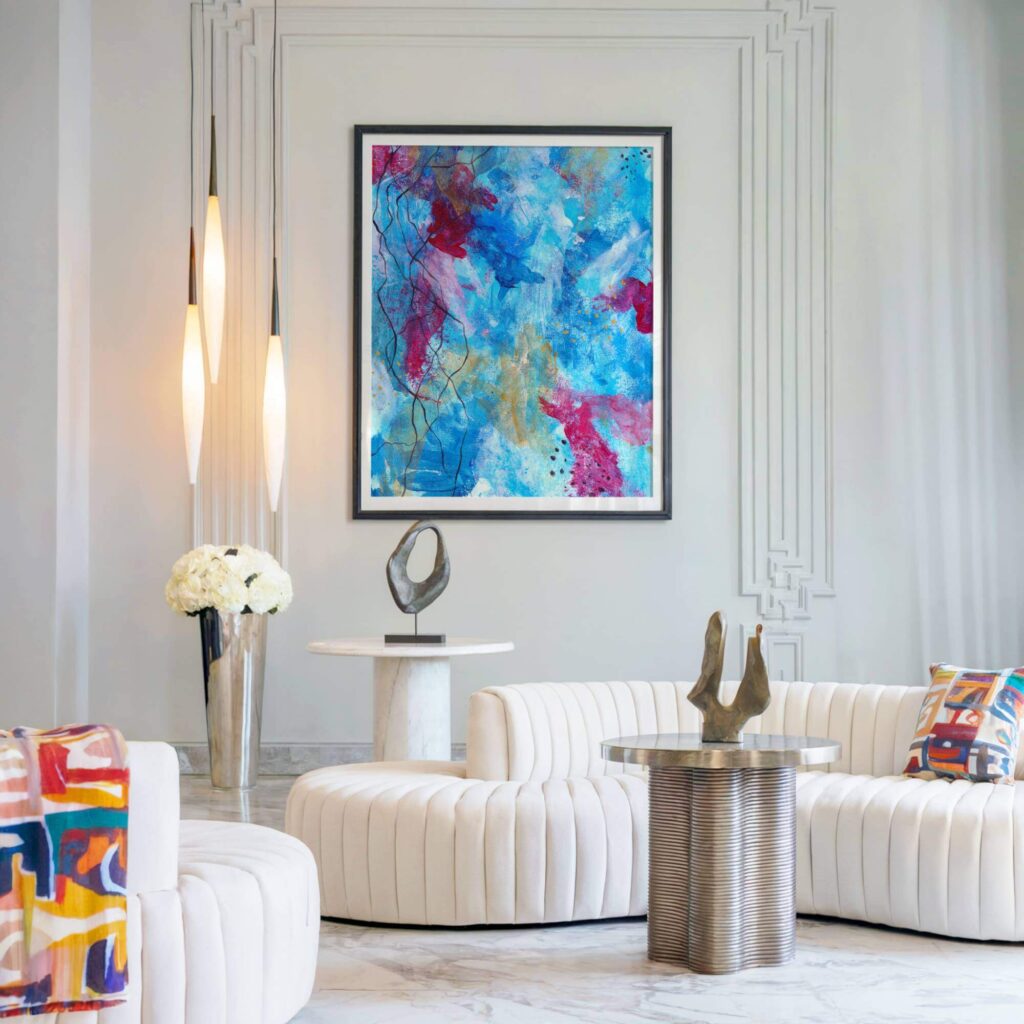
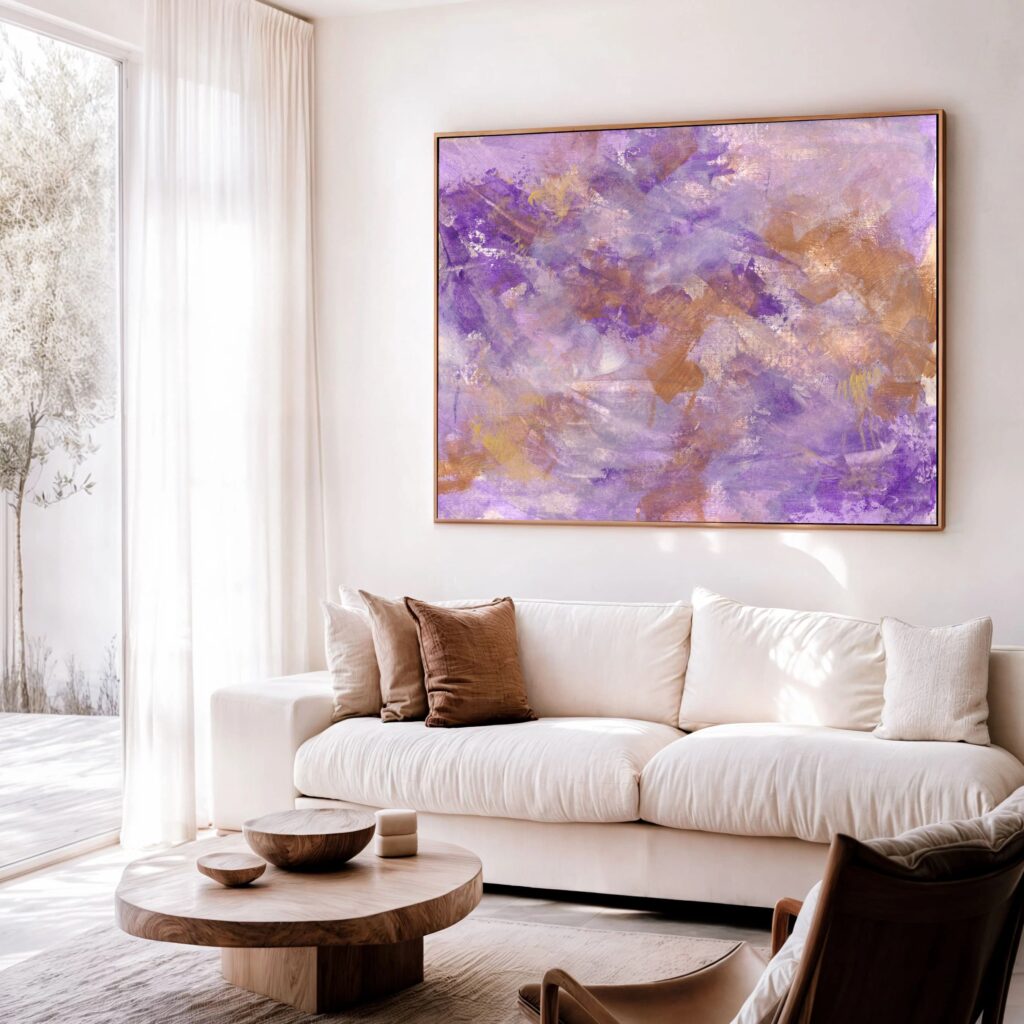
Why Emotion Is The Future Of Luxury
If presence is the new standard, then emotion is its foundation. Without emotion, presence collapses into style. Emotion is what gives presence its depth, its longevity, its ability to outlast performance. That is why the future of luxury is emotional.
Emotion As The Differentiator
In a market where almost everything can be reproduced, copied, or scaled, emotion is the one thing that cannot be faked. A painting that carries emotional weight can’t be replicated by mass production. It is what separates collector-grade work from décor. Collectors who understand this are reshaping what luxury even means.
From Material To Experiential
For years, luxury was defined by material scarcity: rare stones, exotic woods, limited runs. Now it is shifting towards experiential scarcity: the experience of stillness, the feeling of resonance, the privacy of something that belongs only to you. Emotion has become the rarest resource in the luxury landscape.
Emotion As Legacy
Performance doesn’t last because it doesn’t carry anything forward. Emotion does. When a piece moves you deeply, it’s far more likely to move the people who inherit it. That continuity is what turns a private purchase into a legacy. Emotion is the thread that binds presence into the future.
The Future Of Luxury Collecting
When people talk about the “future of luxury,” the conversation usually slides into speculation about new technologies, new markets, or new materials. But the truth is simpler: the future of luxury collecting is already being shaped by presence. The collectors leading this shift aren’t talking about blockchain or about which fair is worth attending this year. They’re asking quieter questions that cut through the noise: Does this work hold me? Will it still matter when the spectacle fades?
Presence As The New Standard
Presence is becoming the standard by which serious collectors measure value. That doesn’t mean financial metrics disappear, but they stop being the driver. A collection’s worth is no longer measured only by resale or notoriety but by the weight it carries in private. The rooms it changes, the lives it steadies, the continuity it creates, these are the standards that will define the next era.
Collectors As Cultural Anchors
The future also repositions the collector’s role. Collectors are not just buyers but cultural anchors, deciding what will survive beyond their lifetimes. When they choose presence over performance, they’re not just making a personal decision; they’re influencing which practices are sustained, which ideas continue, and which voices remain part of the conversation. That kind of anchoring cannot be outsourced to market cycles. It requires intention.
Legacy Built Differently
Legacy won’t be measured in catalogues or flashy acquisitions. It will be measured in how collections continue to resonate, in the atmospheres they create, in the stillness they leave behind. The collectors of the future will be remembered less for what they showed off and more for what they quietly held. That is where luxury is heading, and many have already arrived there.
My Offerings
Whether you’re a private collector, a wellness-focused brand, or a designer sourcing for a high-calibre project, I offer art that resonates deeply and subtly.
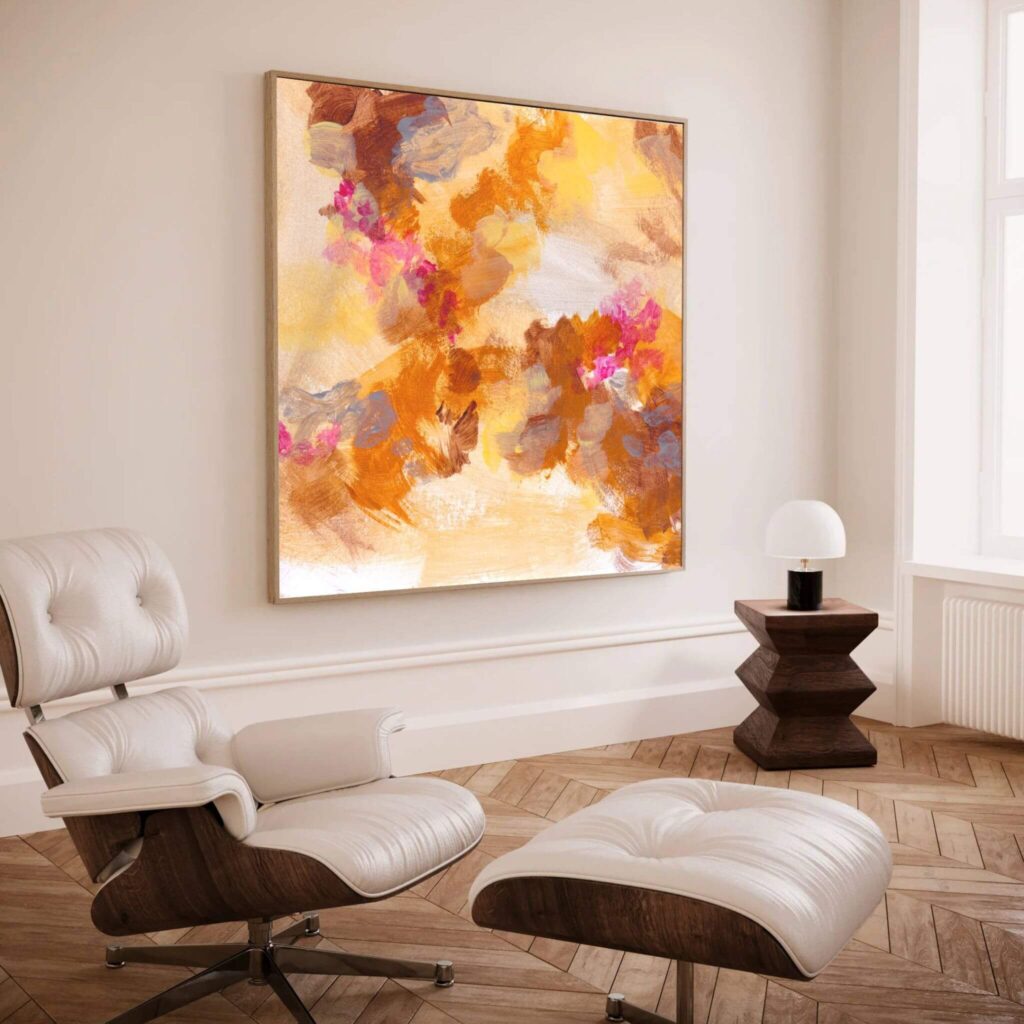
Collector's Vault
Canvas prints from the archive, made with emotional resonance and sustainable materials for spaces seeking depth.
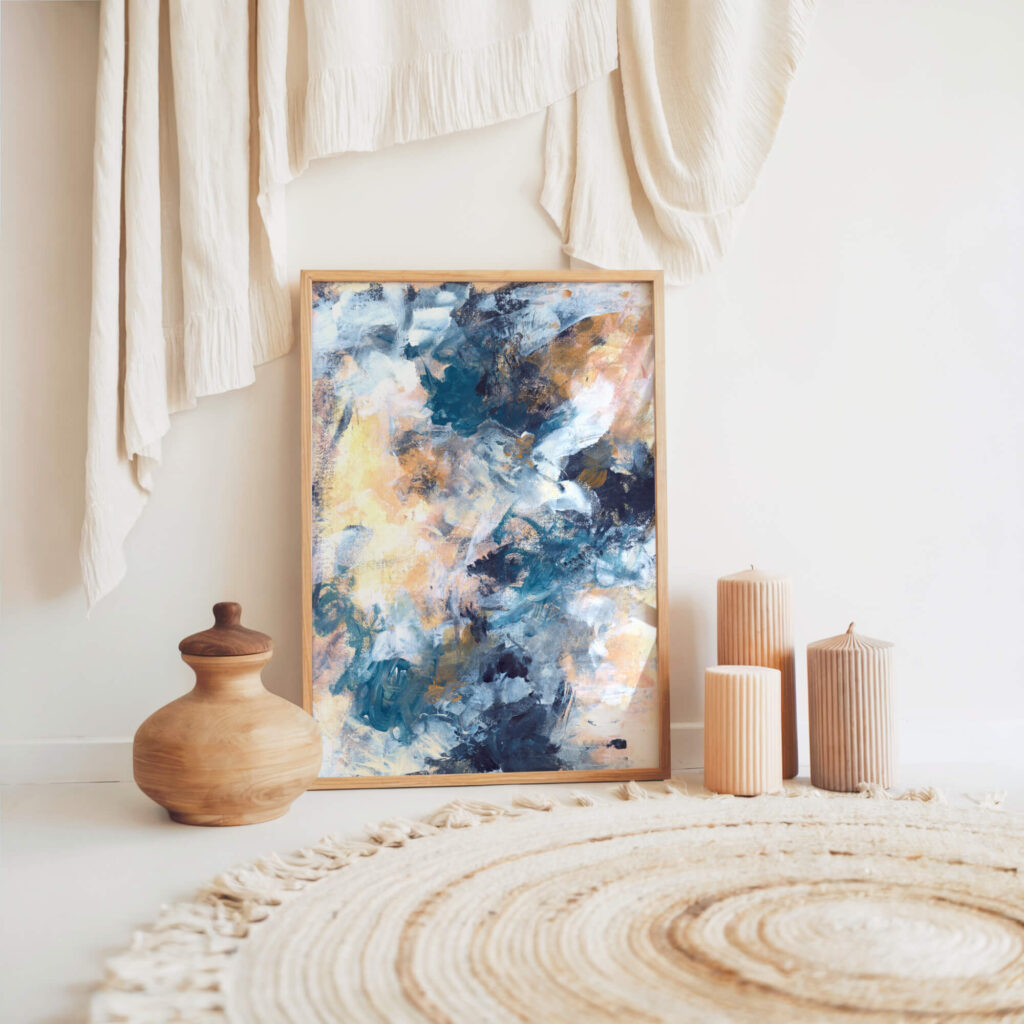
Capsule Commission
Created privately, one at a time, through stillness and reflection. Limited spaces each season to preserve depth and intimacy.
The Last 10
Ultra-limited, hand-embellished editions. No more than ten will ever exist. Made to ground, steady, and hold presence at the highest tier.
Collectors As Stewards Of Cultural Presence
Luxury collecting is no longer only about ownership. Increasingly, the role of a collector is that of a steward, someone who understands that art isn’t just bought, it’s carried forward. This stewardship goes beyond the personal. It’s about protecting presence itself in a culture that is otherwise overwhelmed by noise.
Stewardship Instead Of Status
A collector who thinks like a steward doesn’t ask, “How will people see this in my home?” They ask, “What will this carry forward when I’m gone?” That shift changes the whole tone of collecting. It takes it out of the market cycle and places it into cultural continuity.
Supporting Practices, Not Just Objects
When you choose presence over performance, you’re also choosing to support the conditions that allow artists to work deeply. That means your role isn’t limited to acquiring a piece. It extends into sustaining the practices and values that created it. That’s how collecting becomes cultural stewardship rather than simple accumulation.
Building Your Own Quiet Legacy
The future of luxury collecting isn’t something happening “out there” — it’s something you can build into your own life and choices right now. A quiet legacy doesn’t require a vast collection or headline-making purchases. It requires presence and intention.
Beginning Where You Are
Your legacy begins with the first serious piece you choose to live with. If it holds you, steadies you, and continues to matter over time, it’s already part of that legacy. The scale doesn’t matter. The presence does.
Anchoring Legacy In Stillness
A legacy isn’t written through performance. It’s written through continuity. When you choose stillness over spectacle, you set a standard that will carry forward. Those who come after you will live differently because of what you decided to hold. That is how quiet legacies are made.
Why Now Matters
This isn’t a distant future. It’s already unfolding. Collectors who choose presence now are the ones shaping the next definition of luxury. That influence won’t be written in headlines; it will be written in the weight of the work they leave behind.
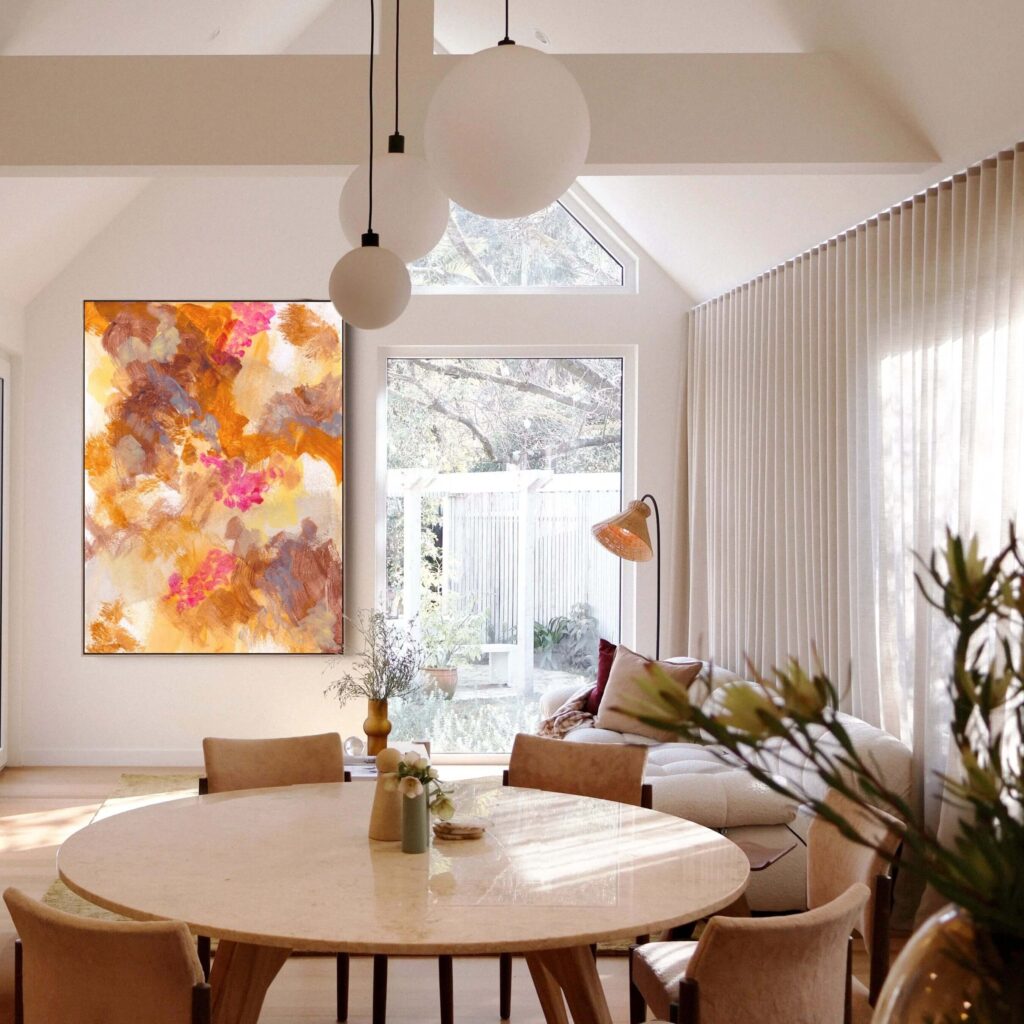
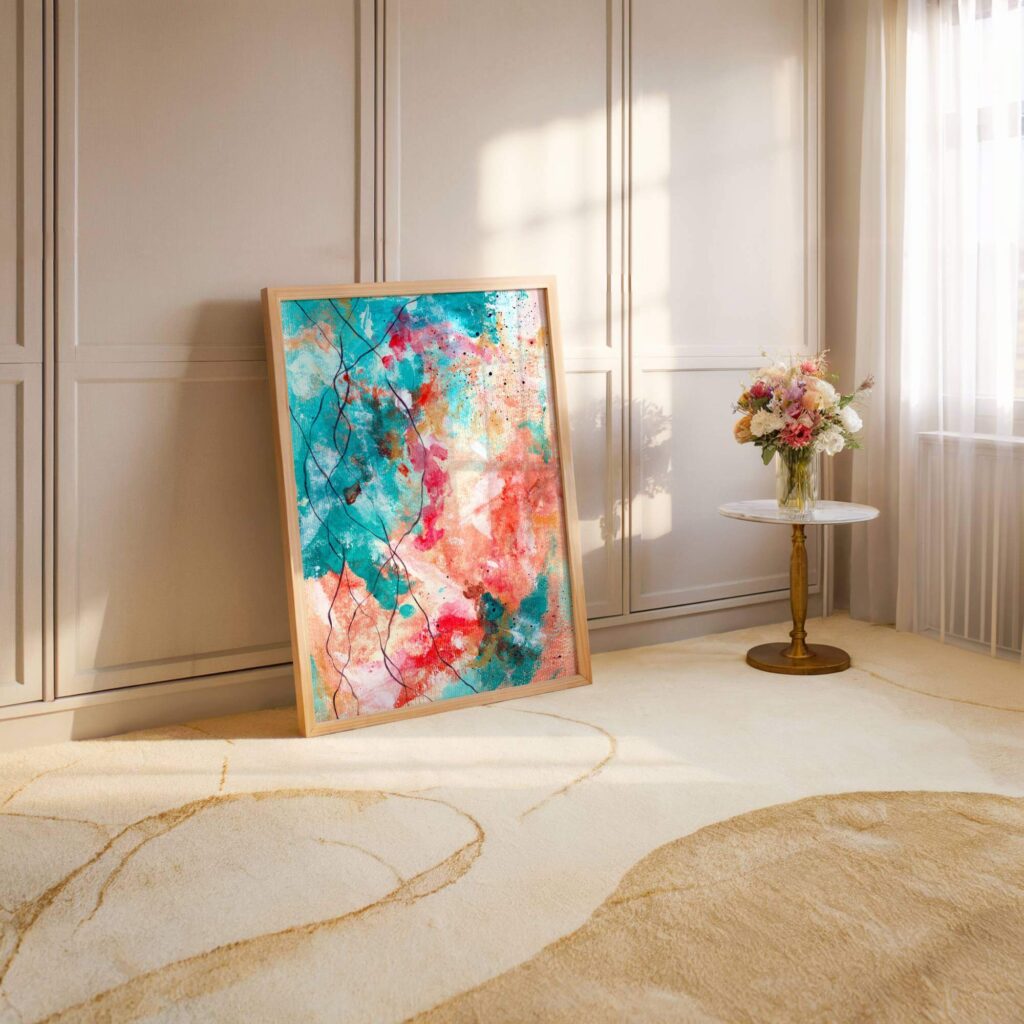
Conclusion: Collecting Stillness
Luxury collecting is at a turning point. The old model of performance has stretched itself thin. The cycle of spectacle, hype, and short-term attention no longer feels compelling to those who matter most. In its place, presence has stepped forward, slower, quieter, but infinitely stronger.
Collectors who are paying attention already know this. They’re building collections not as trophies but as anchors. They’re less interested in being seen and more interested in being held. They want work that steadies their homes, their families, and eventually their legacies. That is the shift: away from performance, towards presence; away from market theatre, towards stillness.
Stillness Is a Weapon was written in the middle of that shift. It wasn’t planned as a guide for collectors, but it has become one because it articulates what many already feel: that presence outlasts performance, and that stillness is not weakness but strength. The book is an invitation into that worldview, and for those who resonate with it, a quiet starting point for shaping how they collect.
